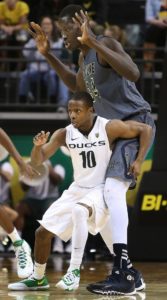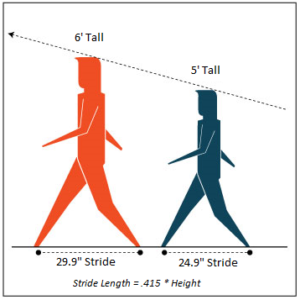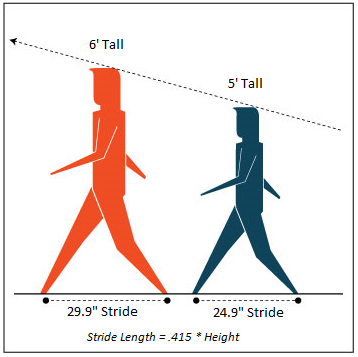By Steve Mulaik

|
| Photo Credit: Photo Journalist Brian Davies of The Register-Guard Brian Davies on Twitter |
80”, 76”, 78”, 80”, 80”, 81”, 72”, 84”, 78”, 81”, 89”, 82”, 81”,
78”, 78”, 78”, 84”, 84”, 73”, 80”, 81”, 82”, 80”, 80”, 79”, 75”
March-Madness is over… my bracket is busted. My only consolation is trolling around on the stats pages trying to figure out where I went wrong. First, I discovered Mercer is a Baptist-founded college. I am Baptist. Why I didn’t pick Mercer over Duke, I have no idea. After all, who bets against God? The second revelation prompted less devout thinking. Look at the numbers above. They are the height of the 25 starters on the Final Four teams this year. Do you notice anything significant? Even if you are Martian you should probably conclude that if the average American male is 69” then height seems to make a difference to this mysterious sport.
This got me thinking. “Does size matter to your warehouse team?” Argon & Co uses video to examine labor productivity and set standards. Because the footage can be viewed over and over, it can be more accurate than stopwatch studies. We also have tools that draw a “crowd” of associates into the process of redesigning their work and thus our video becomes a source for building training films later. These videos and studies have allowed me to ask, “Does size really matter to your picking team?” Perusing data from the last 8 years, I came to the conclusion that “it truly does.”

A formula commonly quoted for calculating a man’s stride length is .415 times his height (.413 for a woman). This means that a 6’ male has a 29.9” stride versus a 5’ man’s 24.9” stride. This is a difference of 20%! That is almost an 8% overall advantage. See? Size does matter!
Let’s see if size matters in other ways as well. One would think the small guy would get revenge on the taller folks when it came to picking things down low. He does, but this doesn’t really matter because grabbing stuff is usually a smaller portion of a picker’s day. Nevertheless, the sample I looked at seemed to suggest a 6’ person incurs a 15% penalty picking off the floor compared to a 5’2” person, but it also works in reverse! The 6’ person has a 16% advantage over a 5’2” associate when picking from on high.
But there is another neat nugget tied to the outliers in this second exercise. There was one short woman in our sample who well beat her expected time by climbing on the bottom tier of the shelving unit to make high picks. There were a few tall people who encountered no penalty at all because they started crouching down as they moved towards a location. Argon & Co proves when there is a will there is a way and METHODS MATTER. It’s our job to figure out which we need to address in a business.
Hmm… I have come to the same conclusion about basketball… the idea that “when there is a will, there is a way” applies there, too. One of my partners reminded me that this year, the shorter team won. Woe is bracketology. I am wondering if I ever will be able to pick a Final Four team at this rate.
As of September 8, 2020, Crimson & Co (formerly The Progress Group/TPG) has rebranded as Argon & Co following the successful merger with Argon Consulting in April 2018.







